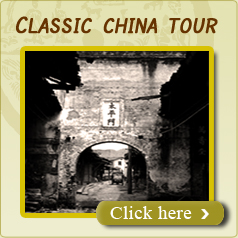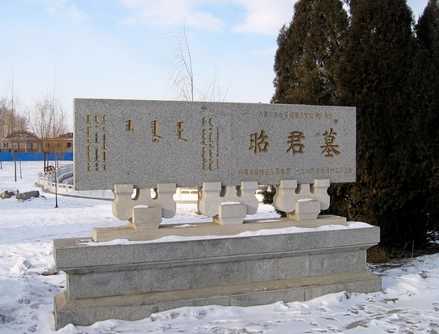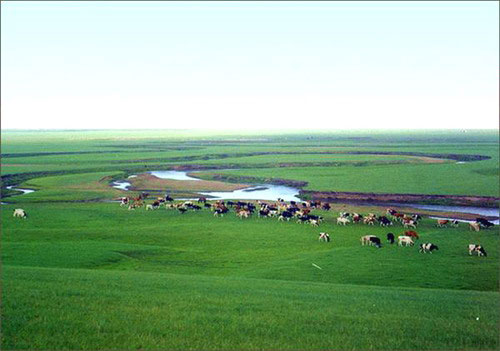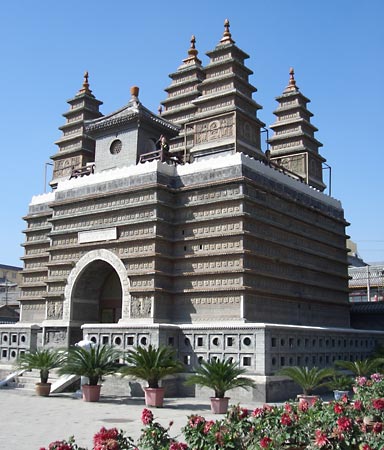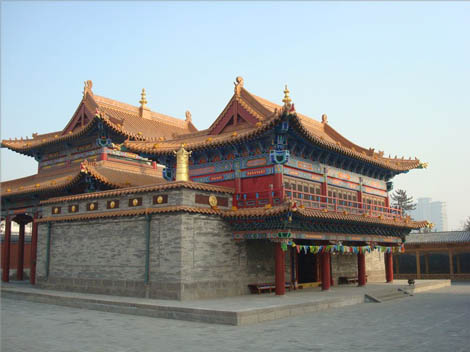Hohhot Tourism

-
Province:Inner Mongolia (Chinese: 内蒙古, Pinyin:Nèi Měnggǔ)
-
Population :23,840,000
-
Area :1,183,000 km2 (457,000 sq mi)
-
Overview:The Inner Mongolia Autonomous Region, bordering to the north with both the Republic of Mongolia and Russia, is the widest province in China (by its latitude). It is the third largest Chinese province (over 1.1 million square kilometers or 424,736 square miles) but not very populated.
Overview
Hohhot, the capital of the Inner Mongolia Autonomous Region, may not immediately stir images of a rough and ready frontier, but what this cosmopolitan city does offer is a gateway to the majesty of the grasslands. which lie just beyond the city. On the lure of open grassy plains, herds of horses and sheep are roaming freely while nomadic herdsmen watch over their flock, and a strech of blue sky that eventually touches the green plains far off in the horizen. Hohhot, is really the Green Pastures of the North. Sights within the city shouldn't be dismissed either. Once a political and cultural center,, the relics of the past are strewn throughout.
More than 36 ethnic groups live in Hohhot's confines, with Mongolians making up about 9% of the population. People here are great, they're friendly and all smiles. Vast landscape, Buddhist and Islam have given the people a sense of tolerance and hospitality. Spending a night in a yurt while eating and drinking with a voluble Mongolian family can really be your memorable experiences.
Know More
A brief history
Bone fragments of early humans who lived in the area as early as 500,000 years ago have been found; these early ancestors are thought to be contemporaries of Peking Man. The first permanent establishment began about 2,300 years ago during the Warring States Period when the King of Zhao built the city-Yunzhong in the area. The merger of a 16th century Mongolian settlement and a city founded by Ming emperor Wanli has become present day Hothot.
Though no longer apparent, the city was once a center of Buddhism with over 50 temples, although many are now in ruins. Such as the Dazhao Temple, "zhao" means temple in Mongolian, was built in 1580 and is home to a 2.5m tall silver Buddha which the 3rd Dalai Lama came to personally bless in 1586. Others are Xilitu Temple and Five Pagoda Temple.
About Genghis Khan
One cannot mention Mongol without referring to one of the world's most famous and feared figures of all time, Genghis Khan. From humble beginnings, the Great Khan united the feuding Mongolian tribes into an unstoppable war-machine that created an empire spreading from the Pacific Ocean to the doors of Western Europe. Genghis Khan conquered all within his path and was known for intergrating new ideas and foreign personnel if they were so feared in Europe that their coming was considered the coming of the Apocalypse.
Genghis died in 1227 battling the Western Xia in China's northwest. According to Mongolian tradition of the time, nobles would be buried at a place of their own choosing and Genghis's chosen site has yet to be discovered. According to legend, after he was buried, horses were herded over his tomb and once the grass had returned, the 2,000 laborers who built his tomb were killed by 800 soldiers, who in turn were executed to keep the location a secret.
Must see
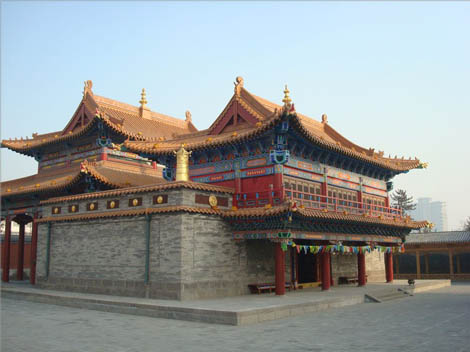
Dazhao Temple, 'Wuliang Si (Infinite Temple)' in Chinese, is the oldest building and the largest temple in Hohhot, Inner Mongolia. Locally, people usually refer to it as the Silver Buddha Temple (Yinfo Si) for it is here that there is a rare silver statue of Sakyamuni that measures 2.5-meter-high (8.2-foot-high). . ....more
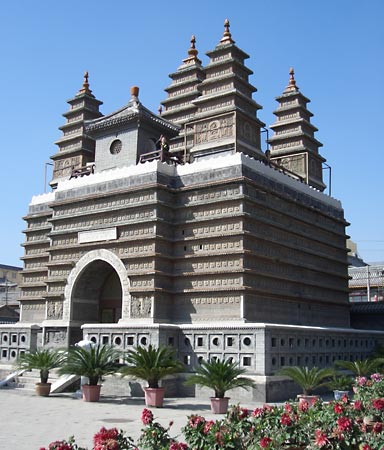
Five-Pagoda Temple (Wuta Si), which is also called Jingangzuo Sheli Baota, is located in Hohhot City. As there are five small dagobas on the pedestal of the pagoda, it is named Wuta Si. Wuta was originally a building of the temple constructed during 1727-1732.. ....more
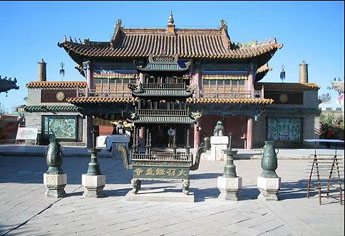
Xilituzhao Palace is a key cultural protection unit of Inner Mongolia Autonomous Region. It is located in the north of Stone Lane, Yuquan District, Hohhot. It is about 100 meters (328 feet) away from the famous Dazhao Temple. The palace is the largest Lama temple in Hohhot. . ....more
